Michelangelo Buonarroti, one of the most influential artists of the Renaissance period, revolutionized the world of art with his extraordinary talent and vision. Born in 1475 in Caprese, Italy, Michelangelo’s contributions to painting, sculpture, and architecture have left an indelible mark on the history of Western art. His masterpieces, such as the David, the Pietà, and the ceiling of the Sistine Chapel, continue to captivate audiences around the world, showcasing his unmatched skill and deep understanding of human form, emotion, and spirituality. As a true Renaissance man, Michelangelo not only advanced the art of his time but also influenced generations of artists and thinkers long after his death in 1564.
Michelangelo’s life and work embody the ideals of the Renaissance, where the blending of intellectual pursuit, artistic mastery, and personal expression were paramount. His innovative techniques, use of dramatic lighting and shadow, and ability to create compelling human figures set him apart from his contemporaries. While he is often associated with the perfection of the human body, his works also reflect his complex personality and the spiritual and philosophical concerns of his time. Michelangelo’s legacy continues to inspire admiration and awe, making him a central figure in the story of art history.
Early Life and Training
Michelangelo was born on March 6, 1475, in Caprese, Italy, into a family of modest means. His early years were marked by instability, as his father was involved in local politics and often absent from the family. At the age of six, Michelangelo was sent to live with a family of stone carvers in Florence, where he was exposed to the world of sculpture. By the time he was a teenager, Michelangelo had already shown a prodigious talent for art, and his family recognized his potential. At the age of 13, he was enrolled in the renowned Florentine painter Domenico Ghirlandaio’s workshop, where he began studying fresco painting and drawing.
After studying under Ghirlandaio, Michelangelo was accepted into the Medici Academy, an institution dedicated to the study of the classical arts. Here, he immersed himself in the study of anatomy, classical sculpture, and the works of the great masters of antiquity. It was during his time with the Medici that Michelangelo’s artistic genius began to emerge. Influenced by the classical ideals of proportion and harmony, Michelangelo’s works began to reflect a deep understanding of the human body, its structure, and its potential for expressive emotion. His early works, such as The Battle of the Centaurs and the Madonna of the Stairs, demonstrated his exceptional ability to carve marble and his growing mastery of form.
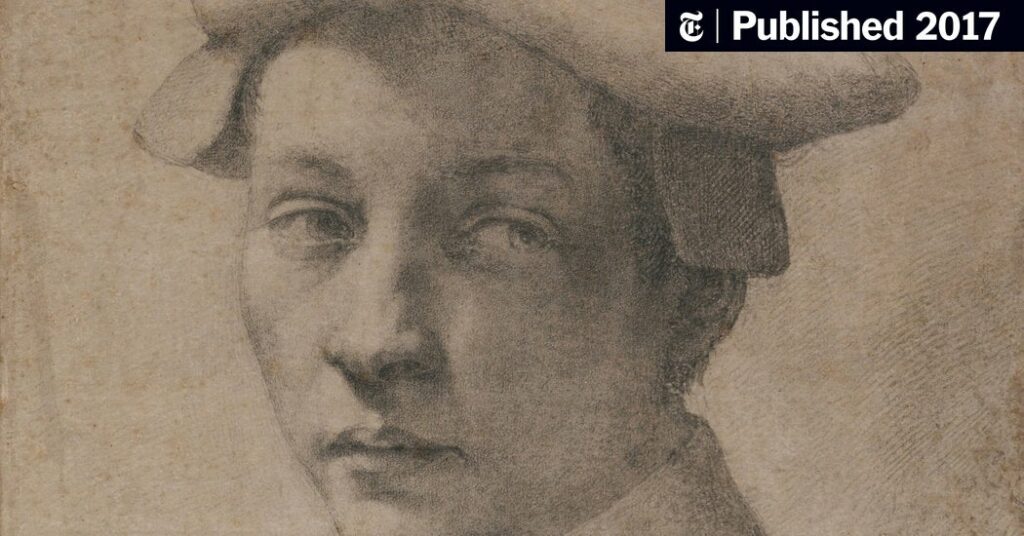
Michelangelo’s Masterpieces in Sculpture
Michelangelo’s sculptures are among the most celebrated works in the history of Western art, and many of them were created during his early years as a sculptor. His most famous work, the David, created between 1501 and 1504, is an iconic representation of the human form and a symbol of Renaissance ideals. The marble statue, depicting the biblical hero David, stands at over 13 feet tall and is known for its unprecedented detail and lifelike realism. Michelangelo’s ability to capture the human body in a state of poised tension, with intricate muscles and veins, set the David apart from earlier depictions of the same subject. This work exemplifies the Renaissance focus on idealized human beauty and the artist’s ability to convey inner strength and emotion through physical form.
Another of Michelangelo’s most famous sculptures is the Pietà, created between 1498 and 1499. The statue, which depicts the Virgin Mary cradling the dead body of Christ, is known for its emotional depth and graceful composition. Michelangelo’s treatment of marble allowed him to create a soft, almost lifelike quality to the figures, particularly the Virgin Mary’s flowing robes and the sorrowful expression on her face. The Pietà was completed when Michelangelo was only 24 years old, demonstrating the early maturity of his artistic abilities. This piece not only solidified his reputation as a master sculptor but also marked a turning point in his career, as it established his ability to convey complex emotions through the physical medium of marble.
The Sistine Chapel Ceiling
Arguably one of Michelangelo’s greatest achievements, the painting of the Sistine Chapel ceiling between 1508 and 1512 remains one of the most iconic works in the history of art. Commissioned by Pope Julius II, the project initially seemed impossible due to the vast size and complexity of the ceiling, which spans over 5,000 square feet. Michelangelo, who was primarily a sculptor, was initially hesitant to take on the task of painting, but he ultimately accepted the challenge. The result was a monumental achievement that continues to awe visitors to the Vatican today.
The Sistine Chapel ceiling features a series of biblical scenes, including the famous Creation of Adam, in which God reaches out to touch the finger of Adam, imparting the gift of life. Michelangelo’s use of color, dramatic composition, and attention to detail created an overwhelming sense of movement and life. His depiction of the human body, particularly the muscular forms of the figures, is considered a triumph of Renaissance artistry. The ceiling’s frescoes are also notable for their complex iconography, which tells the story of the creation of the world, the fall of man, and the eventual redemption of humanity. Michelangelo’s ability to convey grand theological concepts through powerful, emotional imagery elevated him to the status of one of the greatest artists of the Renaissance.
Later Works and Architectural Achievements
In addition to his sculptures and frescoes, Michelangelo was also a skilled architect, and his later years were marked by significant contributions to the field of architecture. One of his most important architectural achievements was his work on St. Peter’s Basilica in the Vatican, where he served as chief architect from 1546 until his death. Michelangelo redesigned the basilica’s dome, which became an architectural marvel and an enduring symbol of the Renaissance. His design for the dome, which incorporates classical elements with a dramatic sense of space, helped shape the future of Renaissance architecture.
Michelangelo’s work in architecture was also reflected in his design of the Laurentian Library in Florence, which is renowned for its innovative use of space and light. His ability to blend classical and Renaissance ideals in his architectural work continued to influence generations of architects, making him a pivotal figure in the development of Western architecture. Despite his success in painting and sculpture, Michelangelo continued to view himself primarily as a sculptor, and his architectural contributions were just another extension of his deep understanding of form and proportion.
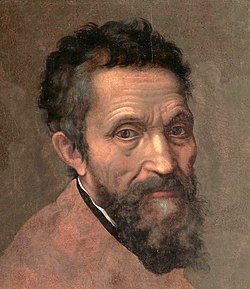
Personal Struggles and Legacy
Michelangelo’s life was marked by both immense success and personal struggles. Known for his solitary nature and obsessive work habits, Michelangelo was often consumed by his art, sometimes to the detriment of his personal relationships. He was known to be a perfectionist, spending years on a single project and often revising his work to achieve an idealized vision. His intense dedication to his craft sometimes led to conflicts with patrons and fellow artists. Michelangelo was also deeply religious, and his spiritual beliefs influenced many of his works, particularly his later frescoes and sculptures, which often dealt with themes of sin, redemption, and the human soul.
Despite his personal challenges, Michelangelo’s legacy as an artist is undeniable. His works, particularly his sculptures, are considered the epitome of Renaissance artistry, embodying the humanistic ideals of the period. His influence extended far beyond his own time, inspiring generations of artists, including later figures such as Bernini, Rodin, and even modern sculptors and painters. Michelangelo’s ability to capture the human form in such an expressive and dynamic way set a new standard for art and sculpture that continues to be admired today.
Conclusion: The Timeless Influence of Michelangelo
Michelangelo’s contributions to the world of art are immeasurable. His innovative techniques, mastery of the human form, and ability to convey deep emotion through marble and paint have made him a towering figure in the history of Western art. From the David to the Sistine Chapel, Michelangelo’s works remain some of the most celebrated and studied pieces of art in the world. His influence on Renaissance art cannot be overstated, as he embodied the ideals of the period, pushing the boundaries of artistic expression and technique. Today, Michelangelo’s legacy lives on, and his masterpieces continue to inspire awe and admiration from art lovers, scholars, and visitors worldwide.
Michelangelo’s life serves as a testament to the power of artistic genius and the enduring relevance of creativity and vision. His work not only defines the Renaissance but also continues to shape the trajectory of art history. As we reflect on Michelangelo’s enduring influence, we are reminded of the timeless beauty and profound humanity that art can express, making him one of the greatest artists of all time.


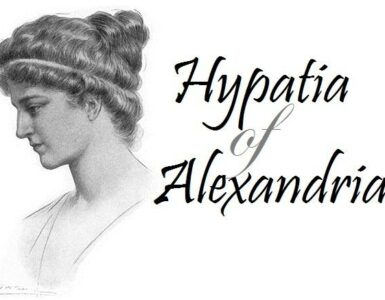
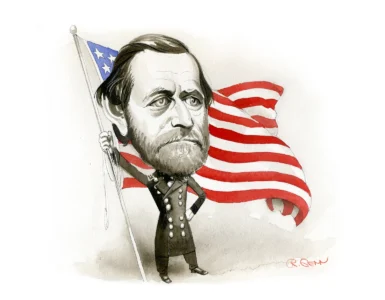
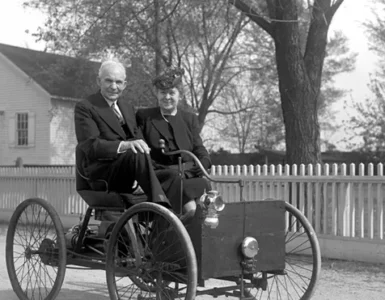
Add comment